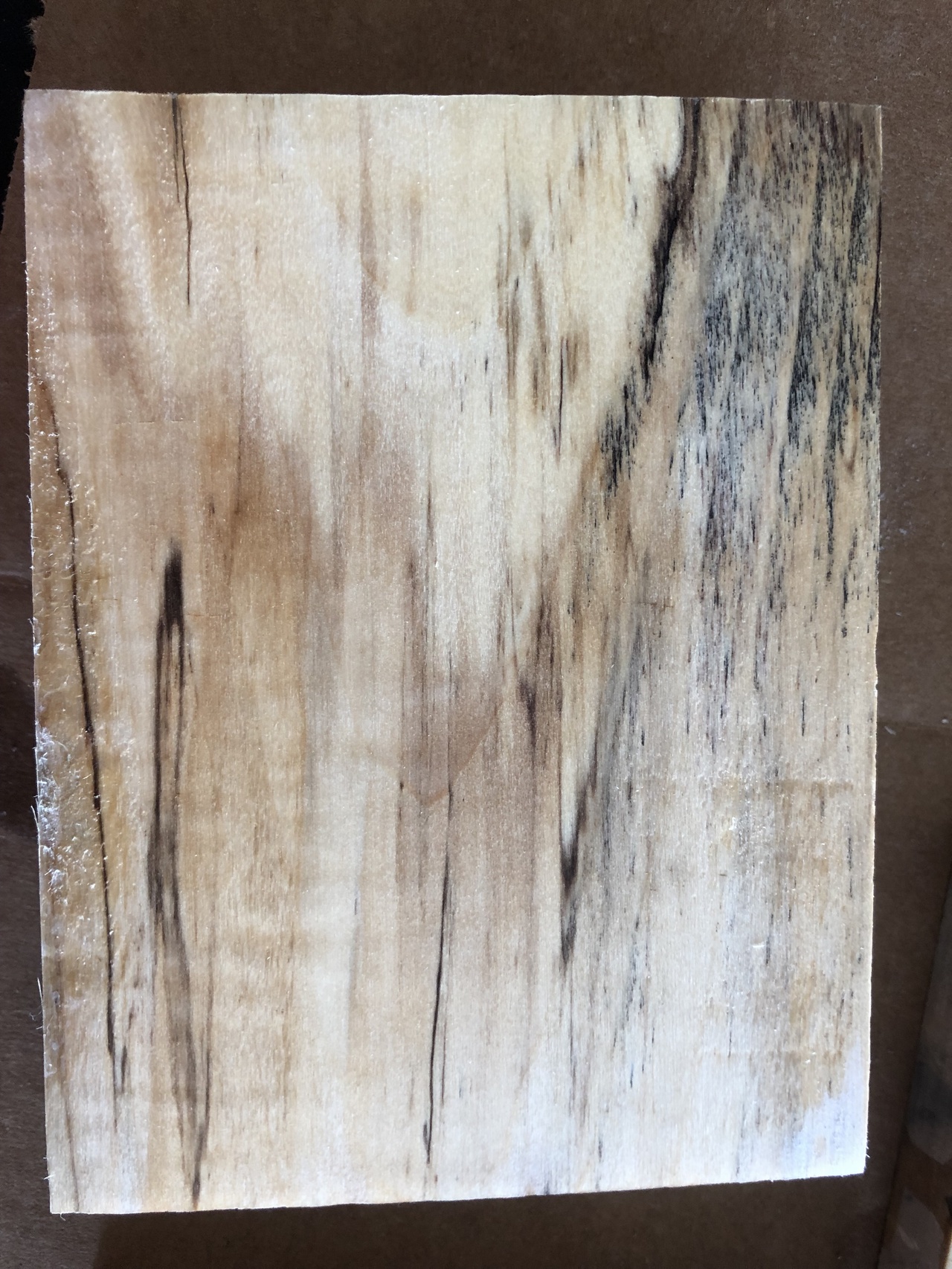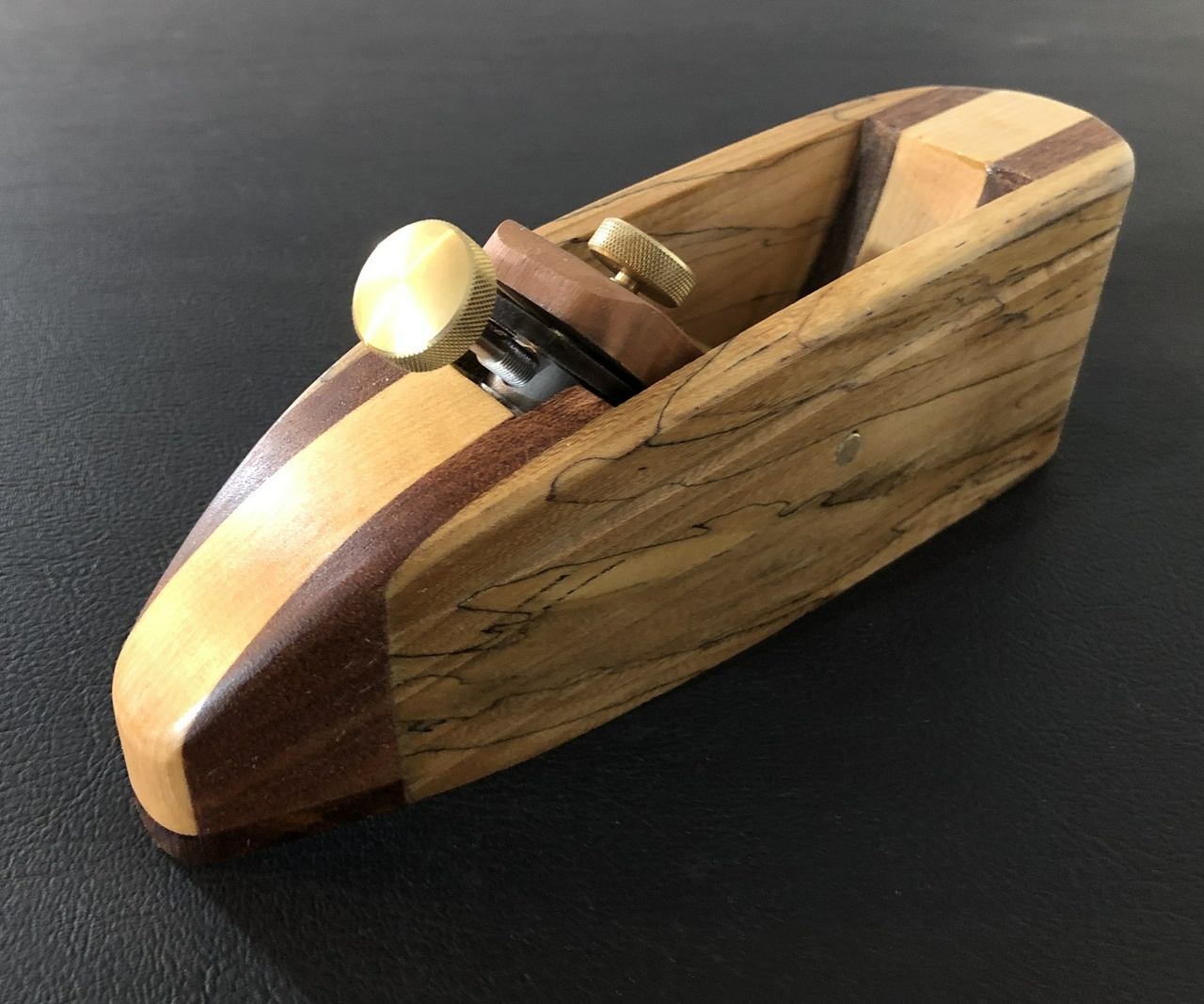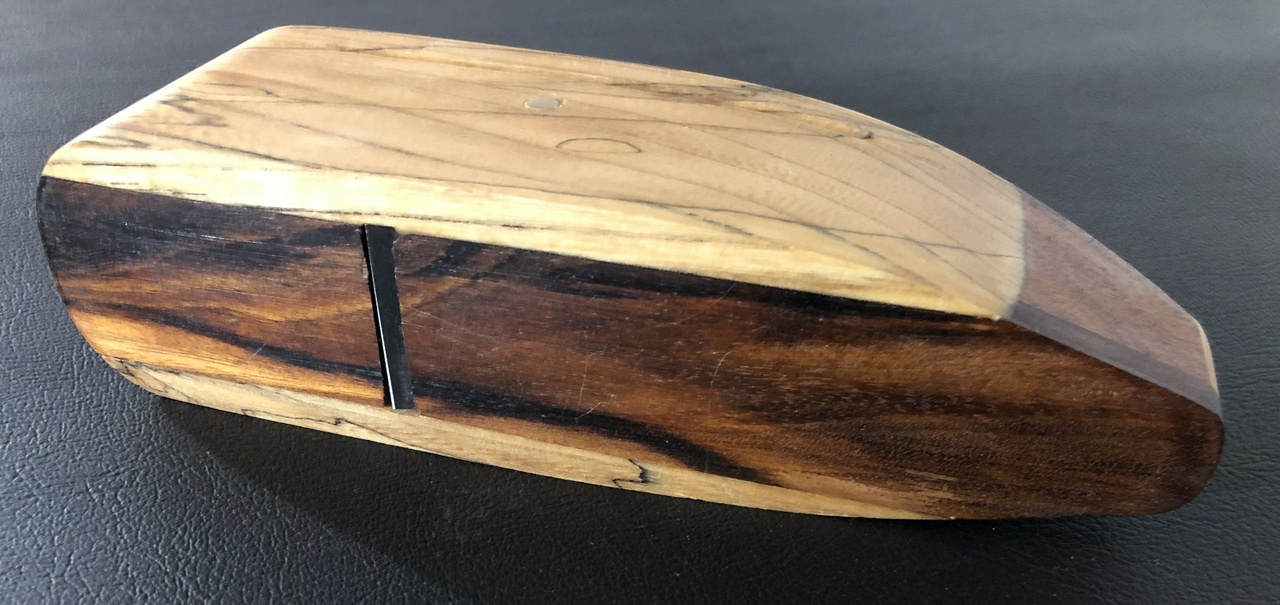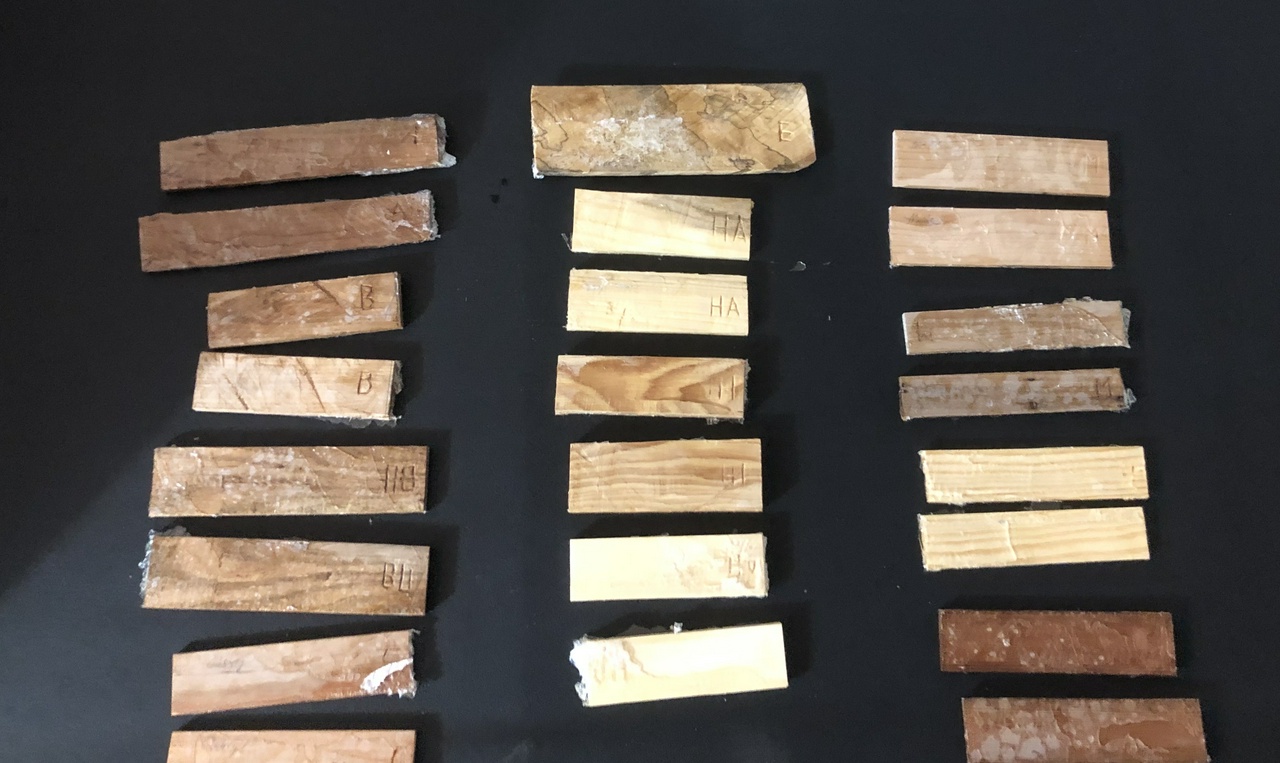Wood Stabilizing – #7 Spalted Birch and Maple
Over Memorial Day weekend (of 2019), I stabilized some more wood. I had some eucalyptus from Arizona that a co-worker wanted stabilized. I forgot to take pictures of it before giving it to him, but with a wood as hard as that eucalyptus is, most of what you accomplish by stabilizing it with cactus juice is filling voids. But it's also brittle, and we were hoping it would be more workable after stabilizing. I'll update when I hear more about that.
I also did some spalted birch, which was about as light as balsa after it was completely dried. As you would expect, it soaked up a lot of cactus juice, but it's nice and solid and pretty workable now.






None of those pieces are quite big enough for a saw handle, unless I do the stubby handles that fit the Veritas backsaws. I might just. They are mostly under an inch thick, and about 4×6 inches (25×100x150mm).
There were also two tiny pieces of birch from a log I carved on a bit during last summer's vacation up north. These might make knife scales. The two tiny birch pieces are maybe 3/8×1-1/4×4 inches – 10×30x100mm.

And finally, there are three pieces of maple. One was spalted, and the other two were still pretty sound. I stuck them all in some blue-dyed cactus juice for about three hours, baked them, then stabilized them in the vacuum pot with the second batch of birch and clear juice. I think they're pretty, but I need to remember to start with bigger pieces. At least one of them will probably make a through-tang knife handle, though.
The rightmost maple piece is about 1-¼ inch square by 5 long. 30×30x125 mm. The others are wider but thinner. Maybe 1-3/4×3/4×5 inches, or 45×20x120mm.

And that's the end of the experiments from 2018 and 2019. I haven't set up my stabilizing rig again yet since we moved to New Mexico in August of 2019, but I'm hoping to do that over the winter (of 2022-2023), and have some more fun with stabilizing wood soon.
Discuss... Reply to this in the fediverse: @davepolaschek@writing.exchange

































